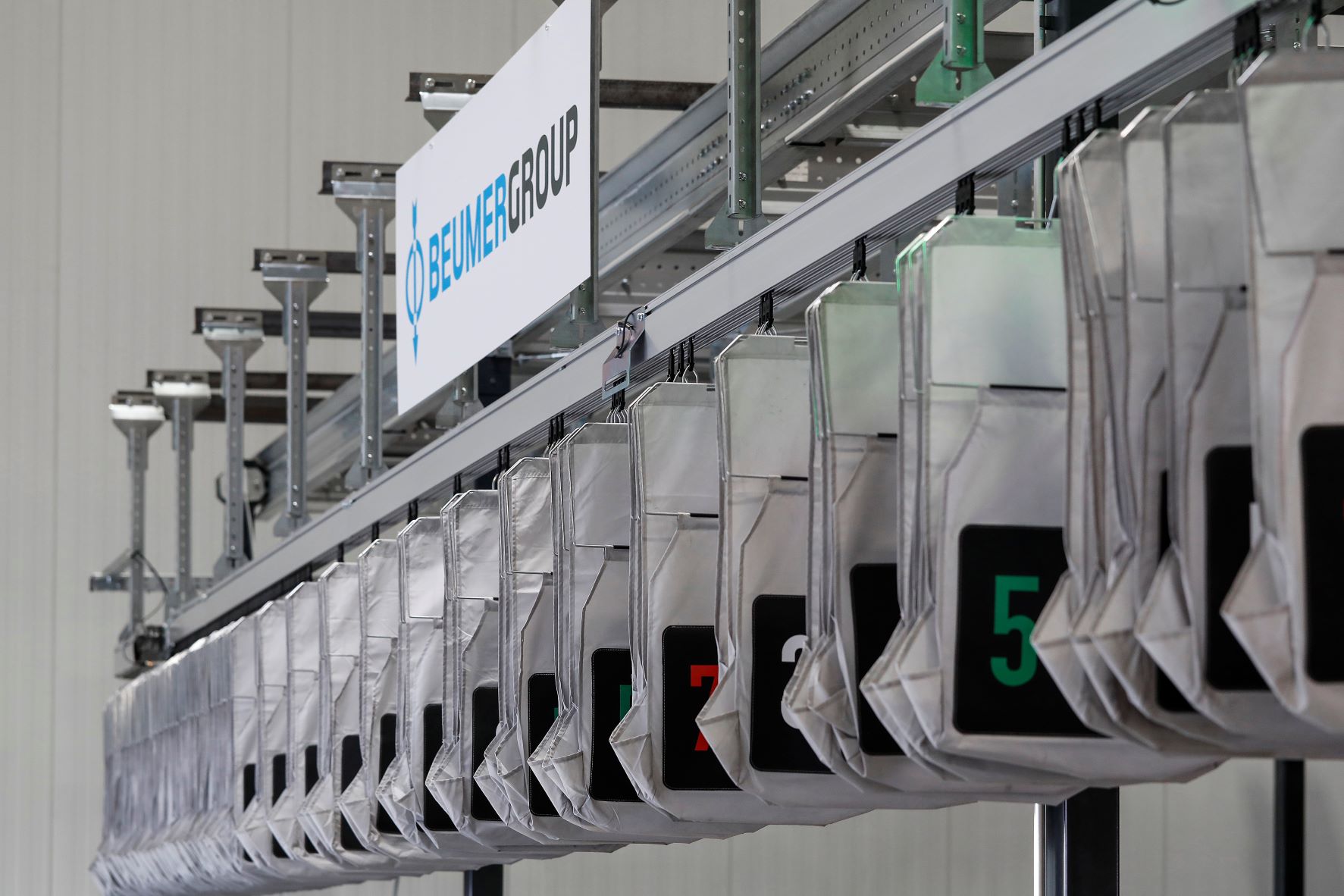Supply chain visibility is the nirvana for most supply chain and logistics managers. It is well recognised that having real-time insights into the supply chain leads to a wealth of benefits – from improved performance, reduced costs and greater customer satisfaction.
That said, the path to supply chain visibility is filled with questions – from how to achieve it; what tools are required; to – most significantly – what insight is the business looking for; what data do you need and have available; and how to connect disconnected data sources and convert those into automatic action.
Elmer Spruijt, VP Transport Management EMEA, Descartes outlines some of the key considerations to maximising value from supply chain visibility.
The Importance of Supply Chain Visibility
There are a number of reasons why real-time visibility has increased in importance in the last 10-20 years. One reason is the ability to react better and faster to uncertainty in the supply chain. Another is being able to set and meet customers’ delivery expectations more accurately. Yet another is the need to do something with the increasing amount of data being collected as a consequence of digitalisation.
However, despite the increased interest and investment in supply chain visibility, success remains limited. According to annual research from Supply Chain Insights, instigated in 2015, there has been no improvement in the gap between how much companies value visibility and their actual achievement of it. One of the reasons is that data collection remains fragmented and carriers’ ability to combine and convert data into actionable insights also remains limited.
Strength in Data
As a shipper or forwarder, a business will want to be able to automatically combine data from across the supply chain and several applications. Logically, this will need to involve data from software tools such as the transport management system (TMS) and customs software for providing insights into events at item and line-level, as well as data derived from sensors (e.g. from containers).
Successfully combining this data is a challenge. It is not always clear which applications and standards are needed, while the actual physical data exchange is also complex, considering the following:
- Is a standard really a standard or is it just an interpretation of a standard? Did a carrier develop a variant of a standard because it was easier, and then want to add more data to it?
- Is there already a standard EDI or API link between the different systems in the supply chain, between the carrier’s and shipper’s software? Does this still need to be developed and if so how long will it take?
- Is an existing link still usable when one of the supply chain applications is updated?
- Do the supply chain partners use the same definitions? Are you talking about the same assets or content?
- What does a container ETA mean? Do you mean the time when the boat arrives? There’s a chance that a forwarder will interpret the container ETA as when the container is off the boat and released by customs. The actual pick-up time depends on the definition.
- How do you make sure you can use data to influence the way a forwarder works?
A Single Platform
The power of data is enormous, but at the same time this calls for systems (e.g. a TMS) that can combine these data points in one logical place or system – including data from different modes and a clear picture of customs issues.
This will enable a business to use this data to optimise its supply chain and keep stakeholders informed, but also to measure the performance of logistics partners in detail and hold them to account.
Visibility depends on flexible data exchange, where the systems used can also handle the different standards, as outlined above. Setting up the necessary application landscape and carrier network is not always easy, though a modern TMS provider will have the functionality and a vast logistics network for collecting all the relevant real-time data and for enabling communication (bookings, invoices, etc.) between shippers and their forwarders/carriers automatically via EDI/API.
Controlling the Supply Chain
Companies that can combine and process real-time data can then also analyse it and take steps to fine-tune operations in the supply chain. However, this real-time data is only valuable if it is meaningful, reliable and of use to the various stakeholders in the supply chain and forms part of an automated communication flow between suppliers, carriers and customers.
The most important data should be made visible through a centralised control dashboard; one of the ways to create value from aggregating data. A control dashboard makes it significantly easier for planners to see what is and isn’t going well in the supply chain and accordingly put their energy and knowledge into fixing what could and should work better.
Single Version of the Truth
Once a business understands what is going on in the supply chain, that information can be shared with partners, giving a better idea of each other’s strengths and weaknesses.
Ultimately, sharing data and insights from analytics provides the opportunity to work with shippers, forwarders and logistics service providers to make your supply chain different from those of your competitors. A business is more likely to succeed if it uses a single version of the truth, in the form of a central TMS that organises data and communication automatically – enabling the continuous rectifying of imperfections and creating value throughout every step of the supply chain for yourself, partners and customers.





